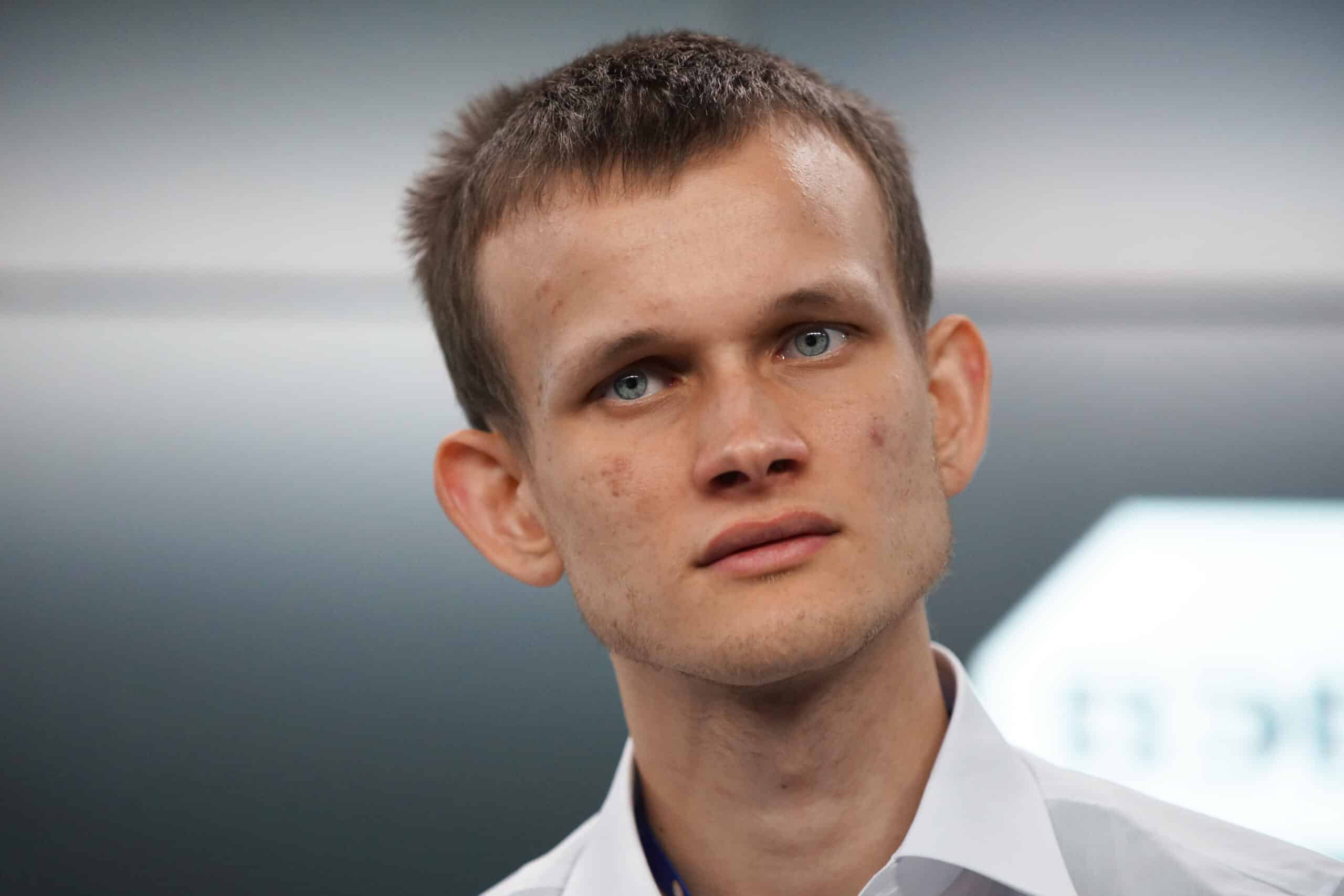SINGAPORE—Ethereum co-founder Vitalik Buterin used his keynote address at this year’s Token2049 cryptocurrency conference to make the case that although cryptocurrencies are not the novel phenomenon they once were, they are approaching greater practical usability.
“We are not in the early days anymore,” Buterin told a packed hall of conference attendees. “Bitcoin has existed for 15 years. Ethereum as a project has existed for more than 10 years. And we see things like ChatGPT rising up from not even existing … to suddenly completely changing everyone’s understanding of what intelligence even is.”
Crypto may be getting well into its teenage years, but it has proved to be something of a late developer in terms of its usability, due in large measure to historically high transaction fees and unappealing, clunky user interfaces.
Buterin said hefty transaction fees had “ended up killing at least the original wave of exploration” by those seeking to use bitcoin as a currency. He said ethereum had suffered from the same problem, with users in recent years paying as much as $50 to transact using ETH.
Fast-forward to 2024: Ethereum transaction fees have dropped to almost nothing, thanks in part to several major protocol upgrades, such as EIP-1559.
Buterin said that current ETH transaction fees are “basically zero,” with major layer 2 networks such as Optimism and Arbitrum reaching stage one of what he described two years ago as rollups with “limited training wheels.” He added that other L2s focused on zero-knowledge technology are also approaching stage one.
User experience has also improved, Buterin said as he showed screenshots of EtherTweets from 2015 that “clearly looked like a hackathon demo” set against 2024 shots of Firefly, a client for Farcaster and X applications. He said Firefly’s user interface rivals the quality of web2 firms’ offerings, although “it’s a decentralized application under the hood.”
Blockchains as ‘Digital Concrete’
Buterin highlighted how much the blockchain thesis has developed, saying: “Blockchains allow us to create a kind of digital hardness, any kind of social hardness, basically, that lets us create persistent digital structures that are hard and that can resist being broken, in the same way that you can make hard physical structures out of something like concrete.”
He said the “digital concrete” characteristics of blockchains allow people to create digital “castles in the sky … [a] unifying theme that combines the seriousness and the fun aspects of crypto.”
Extending the metaphor, Buterin said castles provide safety for communities, spaces in which people could enjoy themselves, and a means of preserving cultural history in a manner akin to museums.
“Digital castles … can be all of these things, and digital castles of all types are something that we can build on top of [blockchains],” he said.
Read more: Ether Has Been a Much Worse Investment Than Both Gold and Silver So Far This Year
He said that crypto had often been presented in terms of binary options — as either a sacrifice of practicality for decentralization that would condemn it to “forever be[ing] an ecosystem that’s just appealing to itself and has only 691 users,” or as a sacrifice of decentralization for practicality — neither of which were desirable.
“We need to satisfy the needs of mainstream adoption and we need to hold on to open-source and decentralization values at the same time,” he said. “We do not have to take either of these dark choices.
“We have decentralization and we have practicality at the same time,” he said. “Eat both pills. Be purple.”



